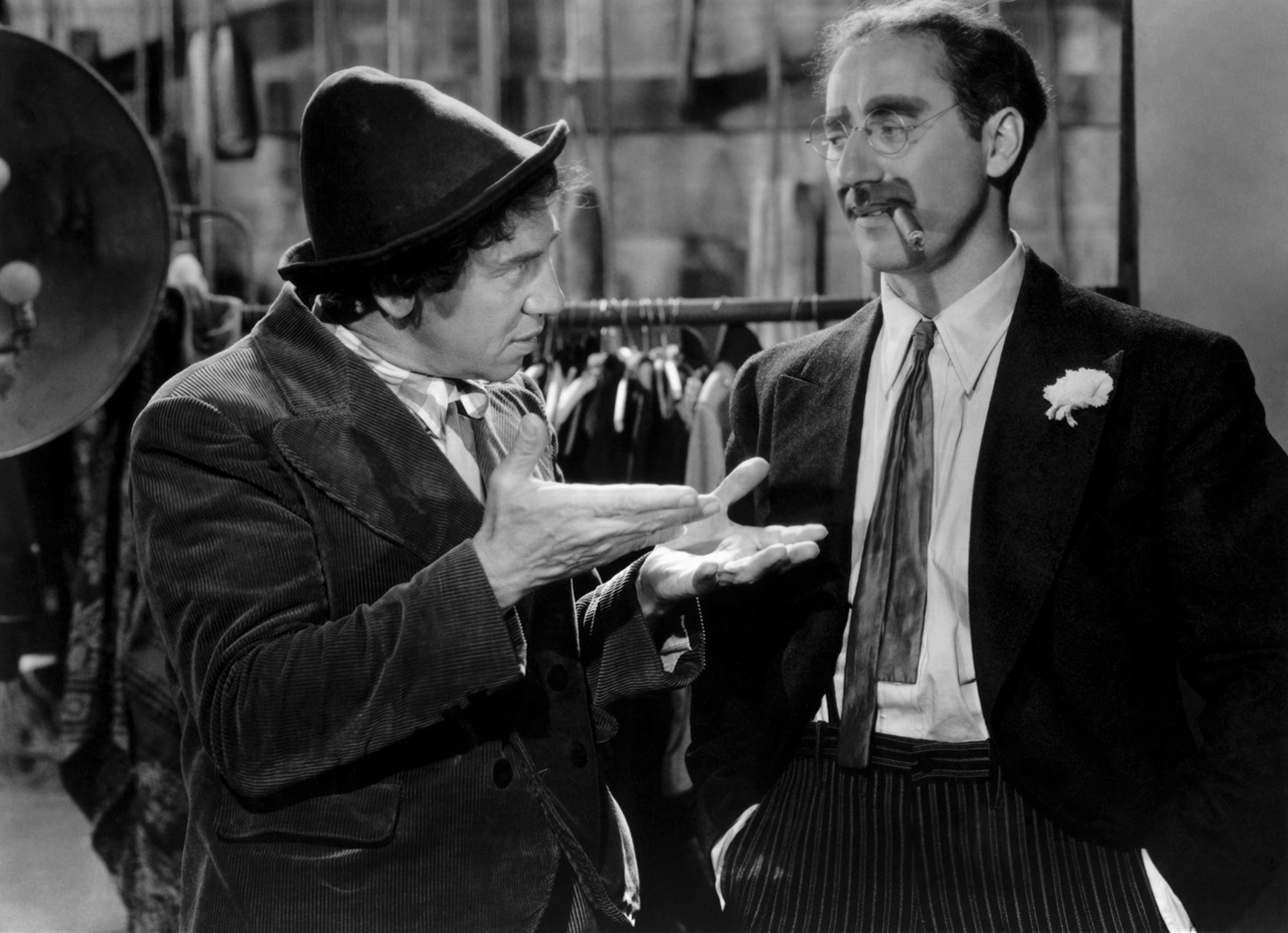One advantage of talking to yourself is that you know at least somebody’s listening. — Franklin P. Jones
History repeats itself because no one listens the first time. — Anonymous
It’s a rare person who wants to hear what he doesn’t want to hear. — Dick Cavett
Can you hear me now? We’ve heard that before… and heard it, and heard it…. You’re probably saying to yourself, “Is he going to talk about inventory control again? When’s he going to stop?!” If you’re not sure you want to read this whole blog, just read the next paragraph before making a decision.
In a well-managed dental practice, the cost of supplies should be no more than 6% of gross, but, its impact on other costs can be, and usually is, much greater. Do I have your interest? No? Ok, bye.
Now then, for you who stuck with me – price is not the only cost associated with inventory. There are three more:
- Opportunity Cost.
- Carrying Cost.
- Hidden Cost.
I’ll address Hidden Cost first.
So, you want to know if you’re hitting that 6% goal. The formula is easy: money spent on inventory/billables = % of revenue spent on supplies. Where, then is the hidden cost? Well, you need to generate those two numbers. Billables is a pretty easy number to come up with – you most likely could pull that number up within a few seconds using your practice management software. But, that was not always the case. I’m sure there are some of you out there who remember manually keeping a ledger. Writing down each transaction by hand, manually submitting data to the insurance companies, writing the patient a receipt (keeping a duplicate for yourself) by hand, then writing the payment in the Credit column of your ledger. A great deal of time was spent doing this.
At some point, somebody thought, “There has to be a better way. After all, time is money and there must be more productive ways to use our time.” So, as the technology became available, software was developed to cut these chores down to a minimum of time – freeing-up the person doing the billing to do additional productive things with their time.
So, why are most dental offices wasting productive time accounting for their supply costs? I’ve had offices tell me, “I keep a spreadsheet of what we spend.” (You mean a higher-tech manual ledger, right?) Or, not even that, but, “I just pull the invoices for the month and add them up.”
Why, when there’s the technology available to more or less “push a button” to get a report of inventory costs, will people not take advantage of that? There are inventory control systems that will generate a report of every penny spent on supplies. Why would you not want that? After all, there are always productive ways to use free time to make a practice more efficient and profitable. Why not find ways to free-up that time?
Carrying cost. Keeping inventory on the shelf that you don’t need costs money. It may be a cost as concrete as inventory taxes or insurance. It could also be something less tangible, such as tying up space for storage that could be used for something else. Could you use a new charting station if you could get rid of a few boxes?
If you have a well-controlled inventory system, you will never have more than a month’s worth of supplies on-hand, nor any less that 1-2 weeks’ worth. And this not only affects carrying costs, but brings us to the next, and final cost:
Opportunity Cost.
This is quite simply: any inventory on the shelf that is more than you require for a month’s worth of production is money tied-up that could potentially be used for something else.
So, how do different things affect costs?
- Expired product: carrying costs, hidden costs, opportunity cost.
- Product returned for credit: carrying costs (it’s still yours if it’s not theirs), hidden costs (forgetting that you have credit due), opportunity cost (they still have your money until they give you credit).
- Promised promotional free goods: hidden costs – it’s yours, but you can’t use it if you don’t have it.
- Repairs: hidden cost – “It seems like this unit is always breaking down! I wish I could find out how many times we’ve been without it because it’s in the shop.” It would sure save time if you could run a repair report and see!
- Not having something in stock when it’s needed: hidden cost (re-appointing patients), actual costs (paying for expedited shipping).
So, there are a few examples. Can you hear me now? Are you listening?
In summary, saving money is saving money, saving time and effort is saving money, minimalizing inventory is saving money. You can’t improve if you can’t measure; and you can’t measure if you don’t have the right tools.
And now for a word from our sponsor: Check out our system, Grasshopper Mouse, at ghmouse.com.
Oh, and just to get the last word, a product ordering system is not an inventory control system.

